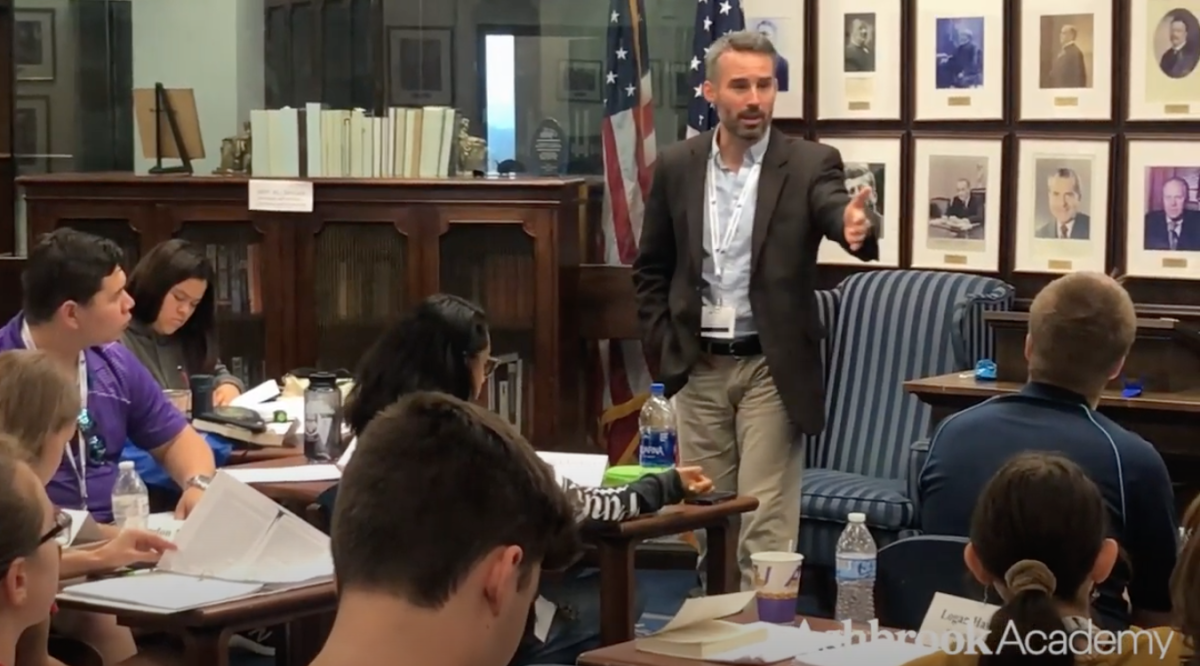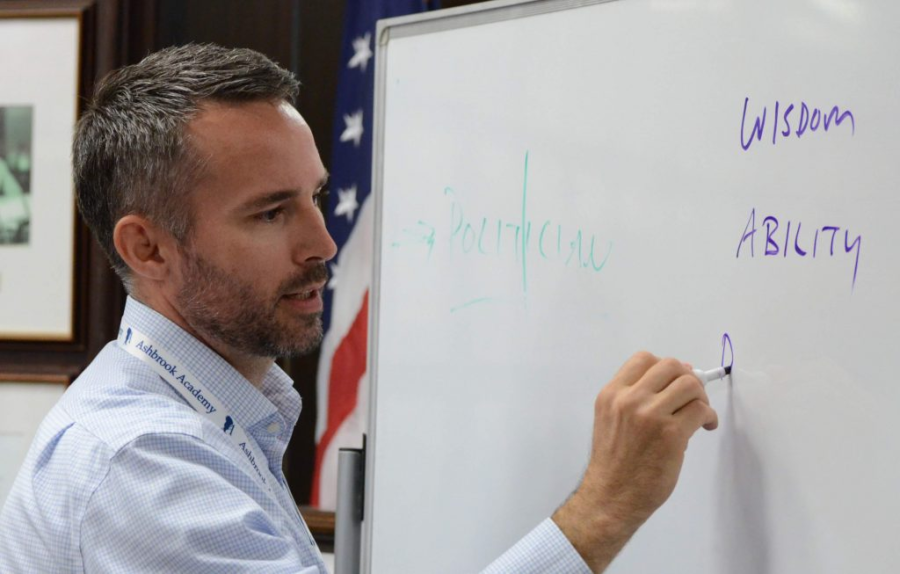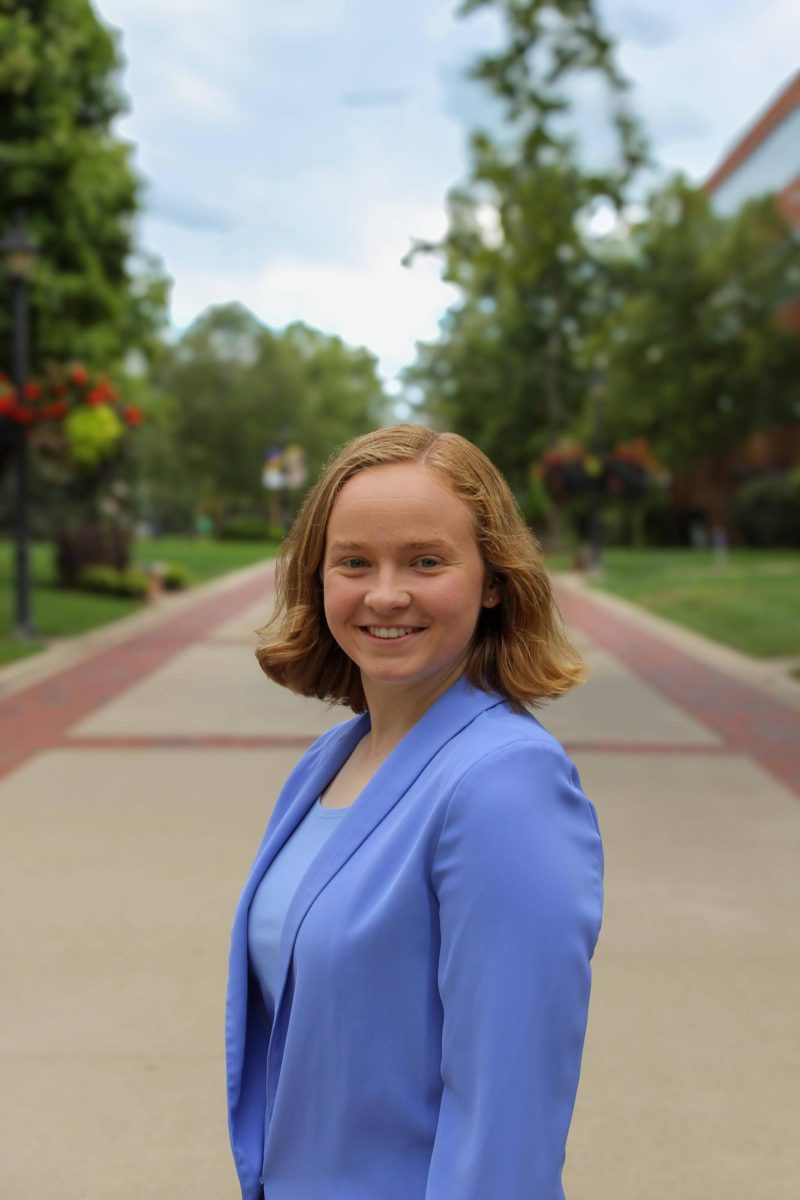Ashland University and its legal team are confident and strong in its position in the case against the $6 million penalty from the U.S Department of Education.
“I would love to be able to look into a crystal ball and look back on this, but I would suggest we are confident; our legal team is confident,” said AU president, Dr. Campo. “We believe that the program is solid and that we will prevail.”
Seems like a complicated issue
While the reasoning for fining AU seems a little complicated, the main reason comes down to interpreting federal regulations governing financial aid calculations, as Newberry, AU’s lawyer with Steptoe & Johnson explained.
“The Department has not “fined” Ashland, but it is seeking a refund of sums which the Department claims it overpaid to Ashland,” said Newberry.
When calculating the Second Chance Pell Grants, two formulas are used. AU used one formula in calculating the grants, but the Department said AU should have used the other formula, resulting in the $6 million penalty from the Department.
Both AU and the Department agree about the facts, but it concerns interpreting federal regulations.
Timeline of Complaint
On Sept. 23, AU filed a complaint against the department for the penalty of $6 million, with the university arguing that they used the correct calculations when giving out to Pell Grant monies. In the findings from the department, it stated in the documents that it was based on using the incorrect formula to calculate the Pell Grants.
The findings of the alleged miscalculations according to the U.S. Department of Education date back to 2021, when the Correctional Education program was audited at the time.
Campo told The Collegian it was the first time in three decades that the university was ordered by the department to perform the audit.
“When the audit occurred, we did hear that the department had concerns about the length of some of the courses in [Correctional Education],” said Campo.
The initial document from the Department of Education cited those academic years of 2019-2020 and 2020-2021 “constituted two 12-week semesters within a 24-week academic year”, and Second Chance Pell (SCP) students are “required to receive the same number of credit hours and instruction time in their accelerated format as traditional students.”
Since 2021, there has been a back-and-forth with the main argument from the university that the Correctional Education program is accredited by the Ohio Department of Higher Education and the Higher Learning Commission, which are cited in the complaint filed by AU.
Another element of AU’s argument is the courses for the Correctional Education Program lengths vary.
In AU’s complaint, they argued that SCP is receiving the same academic program as traditional AU students, which meets the thirty-week requirement, even though SCP students receive the program in an accelerated manner, which can be defined as “compressed terms.”
Second Chance Pell Grants and Title IV Funding plays a role
This also aligns with the Second Chance Pell Grants and Title IV funding.
On Jan. 3, 2023, the Federal Student Aid Office (FSA) issued a Program Review Report on the Correctional Education Program the office conducted from Sept. 13-24, 2021. The review focused on determining AU’s compliance with “certain regulations” of the Federal Student Aid programs.
FSA concluded that AU’s Second Chance Pell students received the same academic program content as traditional AU students. Still, the structure to complete the program is a different set up with a 24-week academic calendar divided into 12-week semesters.
The FSA concluded AU had incorrectly calculated Pell Grant funds to SCP students based on 30 weeks.
AU responded in its complaint that the department was making an assertion
The complaint also stated the issue of FSA construing “the existence of a separate or distinct program based on a different method of delivery for traditional students versus students who were confined by the state.”
What comes next?
Newberry said they are waiting for a response back from the Department of Education. After the response is received, a judge will determine the next steps, which will most likely take several months.
Campo said the case will not be finalized until 2024, with a prediction between the months of June to December.
As of now, there is, as Campo mentioned, “no outstanding bill” from the Department to pay back the monies.
“Our viability is not at stake,” said Campo.








